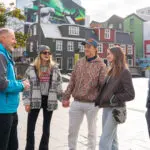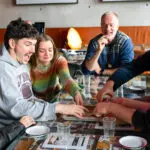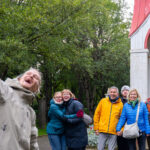There will always be some surprising facts about Iceland you will not find out about until later. No matter how much research you will do into your trip, there will always be something you didn’t know.
We made a list of surprising facts about Iceland that you might not have known! Check it out!
Price of alcohol
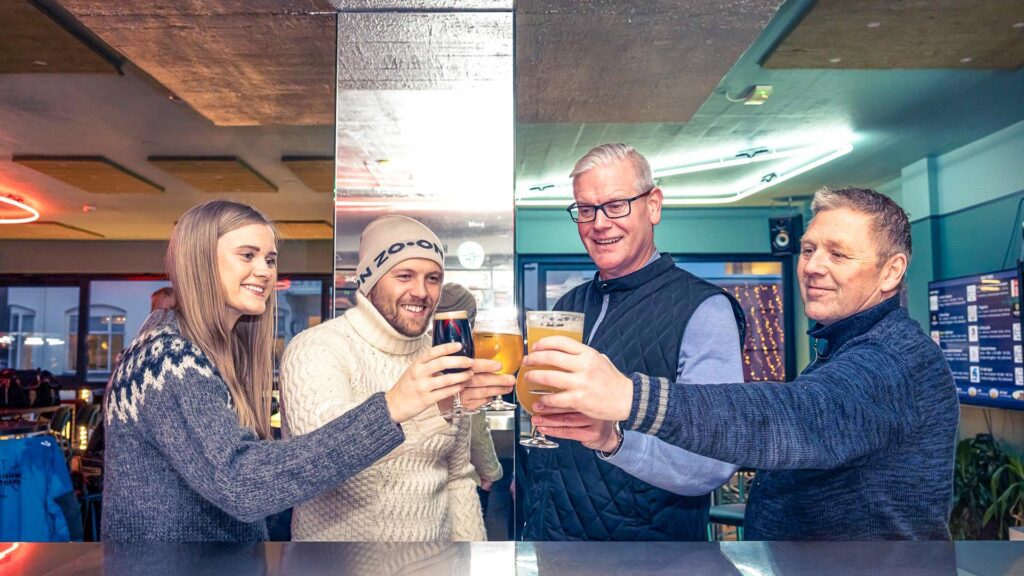
This might come as a surprise to many. Not only is alcohol expensive, but you will also not find it in your regular grocery store.
The alcohol tax in Iceland is among the highest in the world. Apart from the regular 24% VAT, there is a special alcohol tax on top of that.
The alcohol tax is the cost that the state imposes on alcohol and depends on the amount of alcohol in the drink. The state’s share in a single product amounted to up to 85-93% of the price of the bottle. The alcohol tax in Iceland is among the highest in the world.
The taxes are three-tiered based on the type of alcoholic drink (beer, wine, and strong liquor) and then the amount (half a liter, 750ml, liter, and so on). Let’s see an example: 33cl beer can with 5% strong beer, the alcohol tax of that is 120 ISK. Then there is the VAT, the liquor store’s markup, as well as the whole seller’s.
We recommend you check out our Reykjavik Beer & Booze Tour to explore Iceland’s beer and booze!
Penis Museum
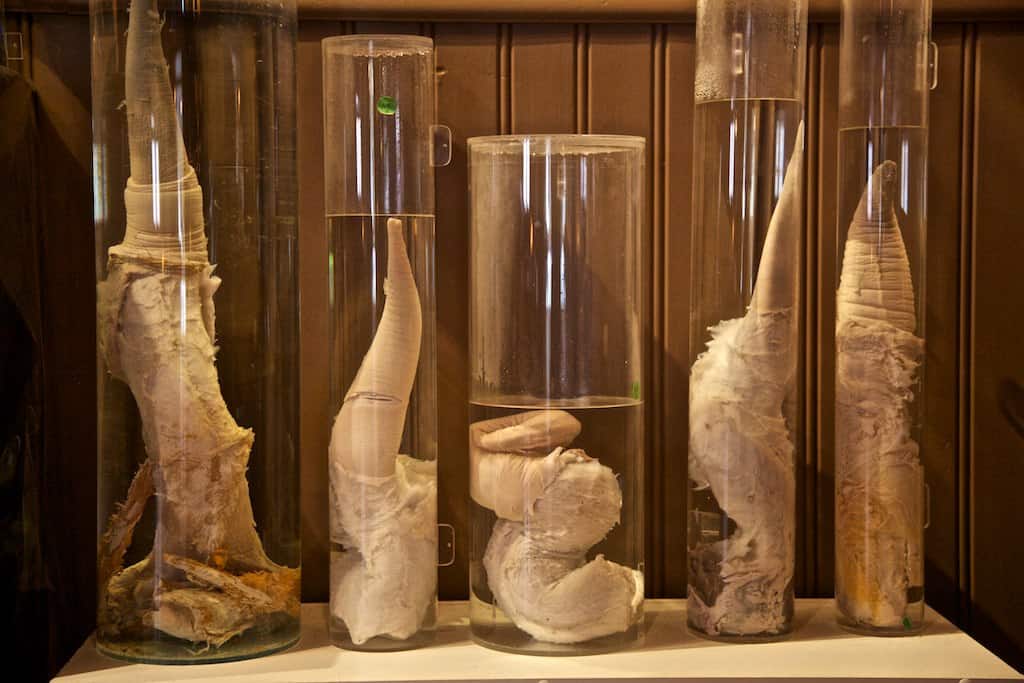
Reykjavik has the only penis museum in the world. The Phallological Museum was established almost by chance. The founder had, for some reason, been given a few phallic items, both natural and manmade, as joke gifts from friends. Then he got the idea that collecting the male member of as many mammals in Iceland as possible would be fun.
When the museum opened in 1997, the owner had 62 specimens. Today there are over 217, and among them is a replica of Jimi Hendrix’s penis. It has been in a few locations both in Reykjavik and Húsavík. Today it is located in a new building at Hafnartorg in downtown Reykjavik.
You get 20% discount of the entrance fee if you have the Reykjavik City Card!
Botanical Gardens
Iceland isn’t known for its flora and is often cited as being without trees. It isn’t entirely correct, and it has been said that Reykjavik is the largest forest in Iceland as it has so many trees. But there are large swathes of land without trees, barren, and some even without vegetation.
But in Reykjavik and Akureyri, you will find botanical gardens. They might be as fancy as some you see in other places, but we love them.
Reykjavik
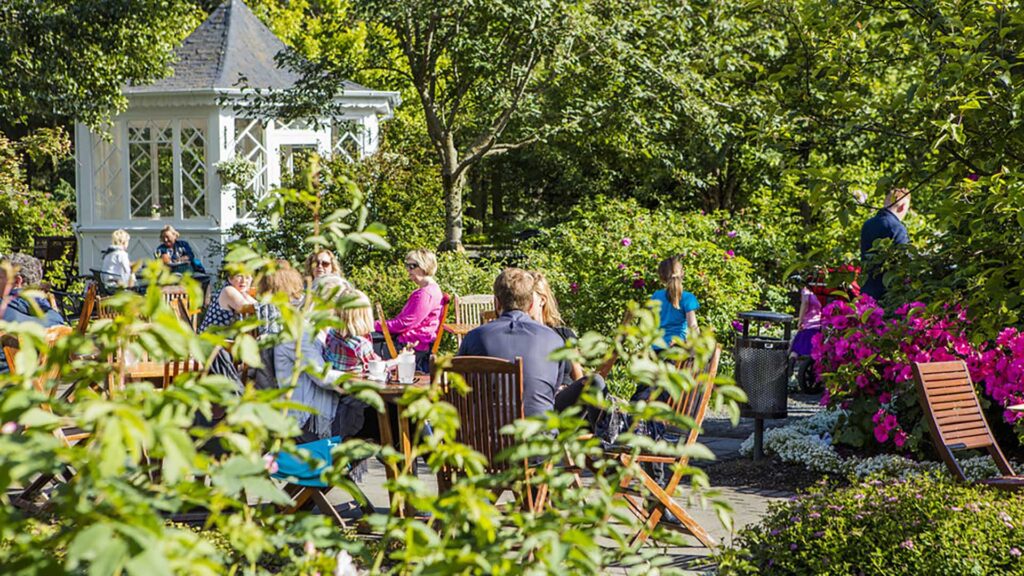
The Reykjavik Botanical Gardens was established in 1961 and is a living museum. There are 5000 plants from 3000 species. The plants have been arranged in 8 museum sections and give an idea of the diversity of vegetation in the temperate zone of the northern hemisphere.
There is also a very cozy café in the garden, called Café Flóra.
The Botanical Gardens is also next to the Reykjavik Family Park & Zoo, which we recommend you visit.
Akureyri
The Akureyri Botanical Gardens is also considered a living museum. It was opened in 1957 and is about 3.7 hectares in size today. The emphasis of the garden is to find and test beautiful and hardy foreign plants that would be desirable to grow in Iceland. It is also a public park for people to enjoy and learn something new.
Hafnarfjörður
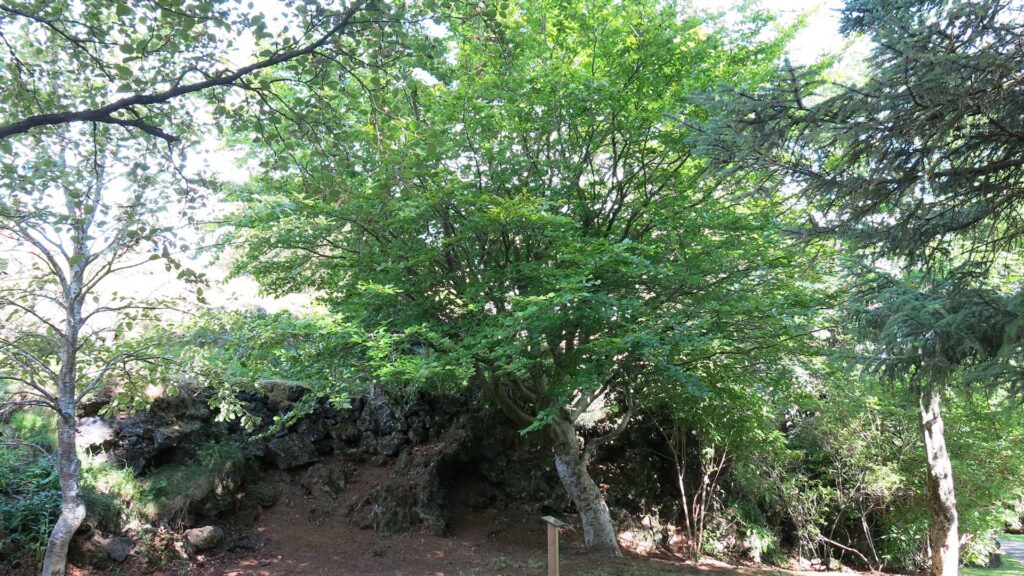
In Hellisgerði in Hafnarfjörður, you will find rare tree species and a small bonsai garden that is open during the summer months. The public park is mainly known for its beautiful lava formations. The park was opened on Midsummer’s Day in 1923.
One Lane Bridges
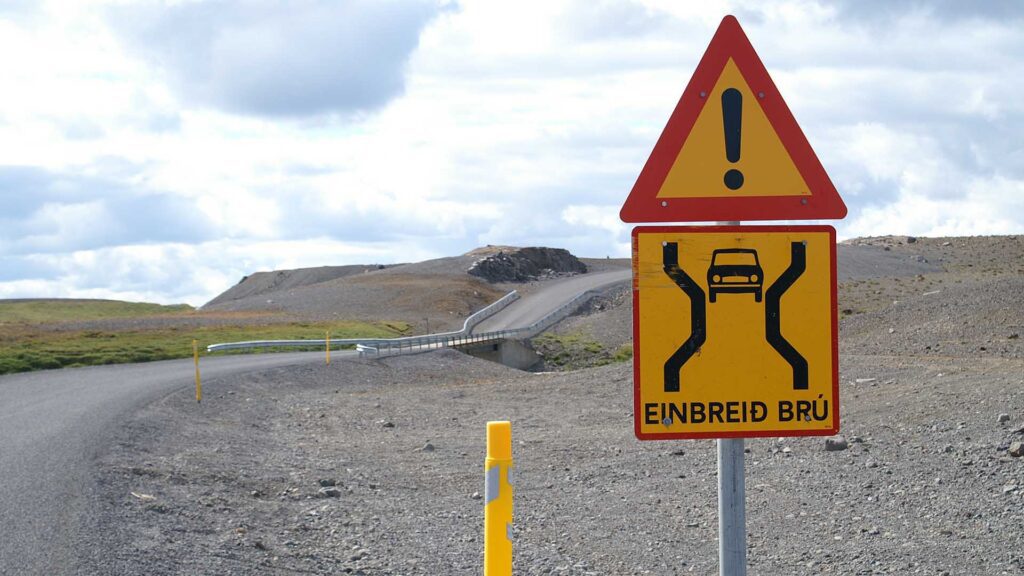
It is expensive to build bridges, and since Icelanders are few, it was decided that one-lane bridges were better than no bridge at all.
For example, the last bridge to be built on the Ring Road was the bridge over Skeiðará near Jökulsárlón in 1974. The bridge was also the longest in Iceland, at 880 meters (half a mile). The etiquette of crossing the one-lane bridges is that the car closer to the opening gets to cross it. However, with such a long bridge, you couldn’t possibly see if you or the other car was closer. This was fixed by making a few lay-bys to let cars pass.
This bridge isn’t in use anymore as the river it originally crossed has changed course and reduced in size. A new, much shorter double-lane bridge was built in its place.
In April 2021, there were still 32 one-lane bridges on the Ring Road, but the government has plans to reduce their numbers to 22 before 2025.
Ask for the check / Go to the register
In most restaurants in Iceland, you will have to ask for the check to get it. Waiters will not rush you along unless they are super duper busy. You are often expected to go to the register and pay there.
So, if you want to get going, just ask the next waiter you see for your check. They will either bring it to you or tell you to go to the register to pay
Hot Water Smells of Sulphur

When in Iceland, you might smell sulfur when you bathe or wash the dishes. That is because, in many cases, the water you use is geothermal, with hydrogen sulfide.
In some places in Iceland, heated cold water is used. You might think you will skip the sulfur smell then, but you’re in no such luck. Hydrogen sulfide is added to the water to protect the water pipes from corrosion.
Icelanders generally don’t smell the sulfur; it’s just how the hot water smells. However, we do smell it when we go to geothermal areas such as Námafjall by Mývatn in North Iceland, Krýsuvík in Reykjanes Peninsula, and Geysir Geothermal Area.
Iceland is maybe not as cold as you thought
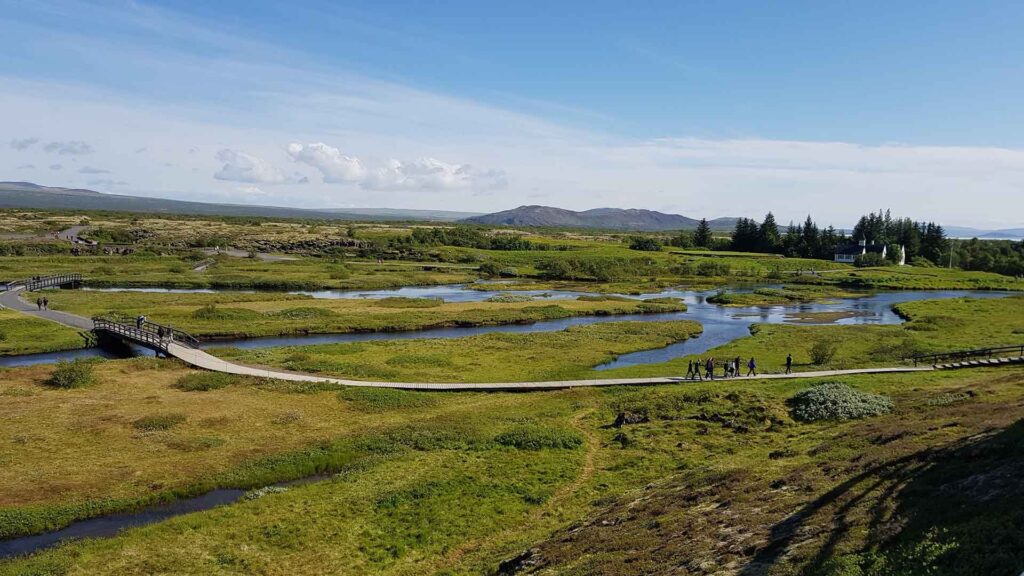
Despite the meme of Iceland being green and Greenland being icy, Iceland isn’t a tropical place. Our summers aren’t that warm, with temperatures ranging between 12-20°c (with 10-15°c more common). But our winters are not nearly as cold as many might think.
The Icelandic climate is subpolar oceanic near the southern coastal area and tundra inland in the highlands. But as Iceland lies in the path of the North Atlantic Current, the climate is more temperate than would be expected for the island, which lies just south of the Arctic Circle. The effect is also aided by the Irminger Current, which helps to moderate Iceland’s temperature.
But, the weather in Iceland is indeed notoriously varied. One minute it can be sunny; the next, you are being slapped in the face by vertical rain. So it is important to know what to pack for Iceland (spoilers: always pack waterproof clothing).
We grow our vegetables in Greenhouses
As you probably know, we have geothermal heat. We also have very dark days during the winter months. To be able to grow anything here, outside the summer months, we need to grow our vegetables in greenhouses.
One of the bigger greenhouses is Friðheimar Tomato Farm. You can go there and see their tomato production and taste the best tomato soup you’ll find. But Icelanders also grow cucumbers, cauliflower, broccoli, strawberries, raspberries, green leaf salads (spinach, kale, and the like), and more.
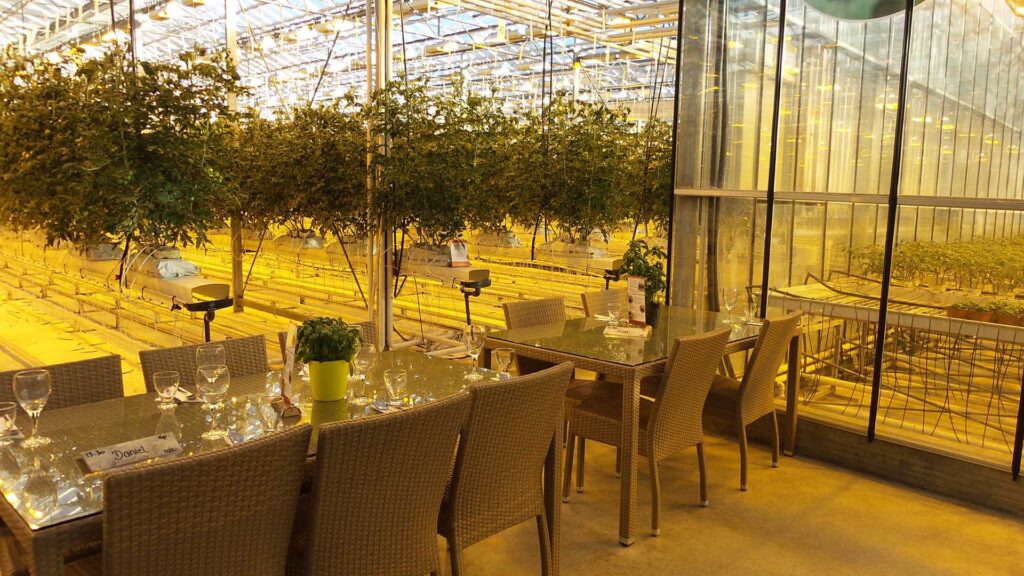
You might have heard we grow our own bananas, too; sadly, that is not true. There were trials in the 1940s and 1950s, but they didn’t last long (mainly because it was too expensive). In the late 2010s, another company did trials with Icelandic bananas, but it was too expensive. The Agricultural University of Iceland has a greenhouse at Reykir near Hveragerði, where they grow bananas. They get about 100 clusters of bananas per year, but they don’t sell them. They offer it to staff and students as well as guests who come for a visit.
Iceland is getting wider by about an inch per year
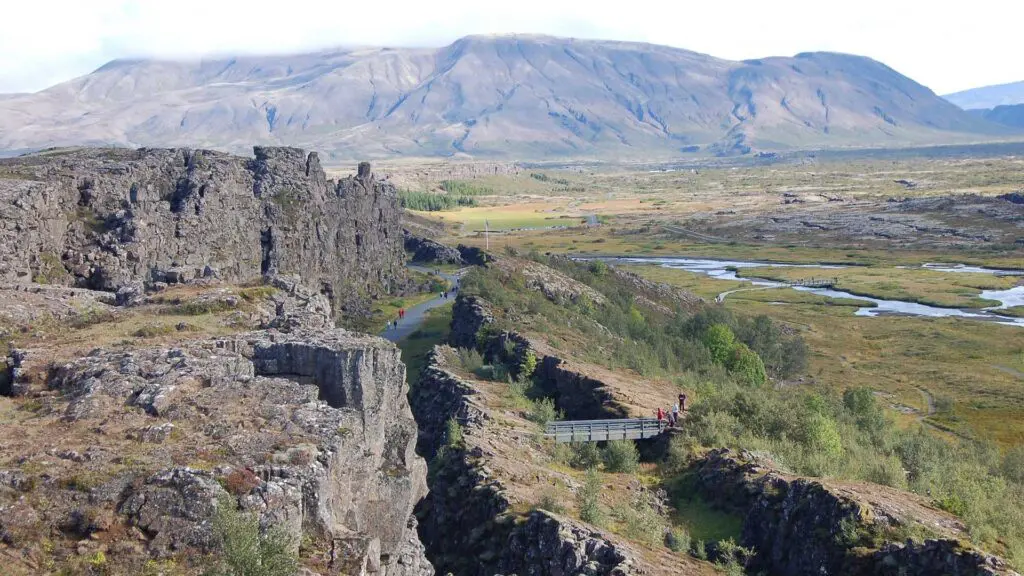
Iceland is the only place in the world you can see the Mid-Atlantic Ridge above ground and thus see the Eurasian and North American tectonic plates. What is happening, though, is that the tectonic plates are pulling Iceland apart, which is the reason for our volcanic activity. The island gets bigger by about an inch per year.
The best place to see the tectonic plates and the Mid-Atlantic Ridge is in Þingvellir National Park and on Reykjanes Peninsula, where you can go on the bridge between continents.
You might get sick of waterfalls
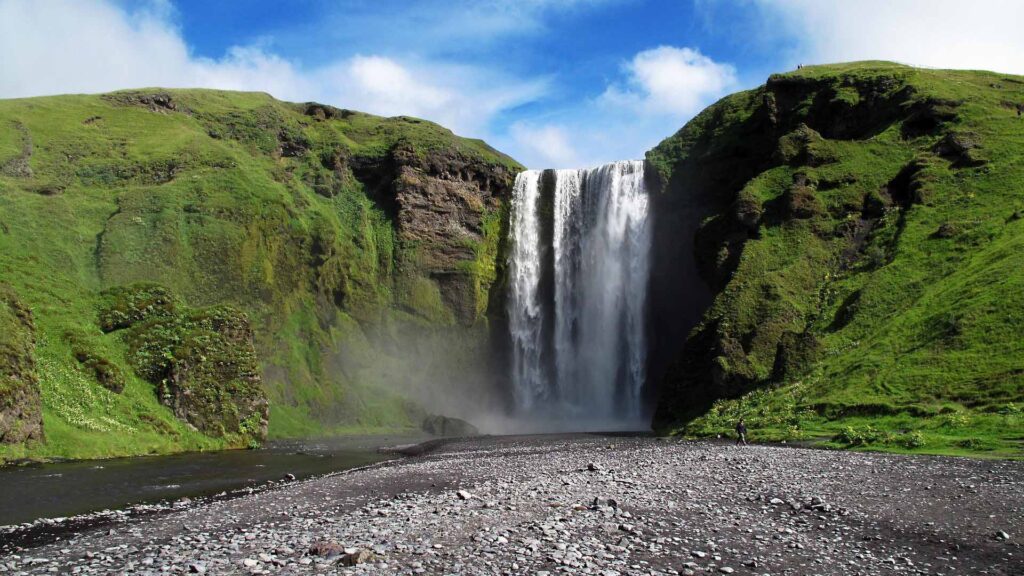
It’s not likely, but it is possible. We have a great abundance of waterfalls in Iceland. You will not be able to limit yourself to seeing only a couple of waterfalls since there are one every few dozen yards. They vary in size, of course, and not all have a name, but there are plenty of them, especially in South Iceland.
There are no snakes in Iceland
The nearest we can get to snakes are worms. Some of them are a bit bigger than others, but that’s about it. We also do not have mosquitos!
It is also illegal to own snakes in Iceland, but that doesn’t stop people from smuggling them into the country. A few years ago, the police got a call about a python or a similar snake on the hood of a car in downtown Reykjavik. It was still alive, but the police had to euthanize it. It had probably gotten too big for the owner, as happens.
When using roundabouts, the inner circle has priority

People are sometimes confused about how to use the roundabouts in Iceland. They are pretty straightforward if they are single-lane roundabouts.
But if you enter a two-lane roundabout, the rules are that the inner circle has priority. But there are more rules; you can only use the outer circle if you are planning on leaving it on the first two exits.
It is also not allowed to change lanes inside the roundabout, and the cars already in the roundabout have priority over those trying to enter it.
Yellow traffic light
For Icelanders, this is just how it has always been. Our lights turn yellow both before turning green and red. The yellow light is always there to ask you to get ready, start or stop.
Iceland is otherworldly – According to NASA
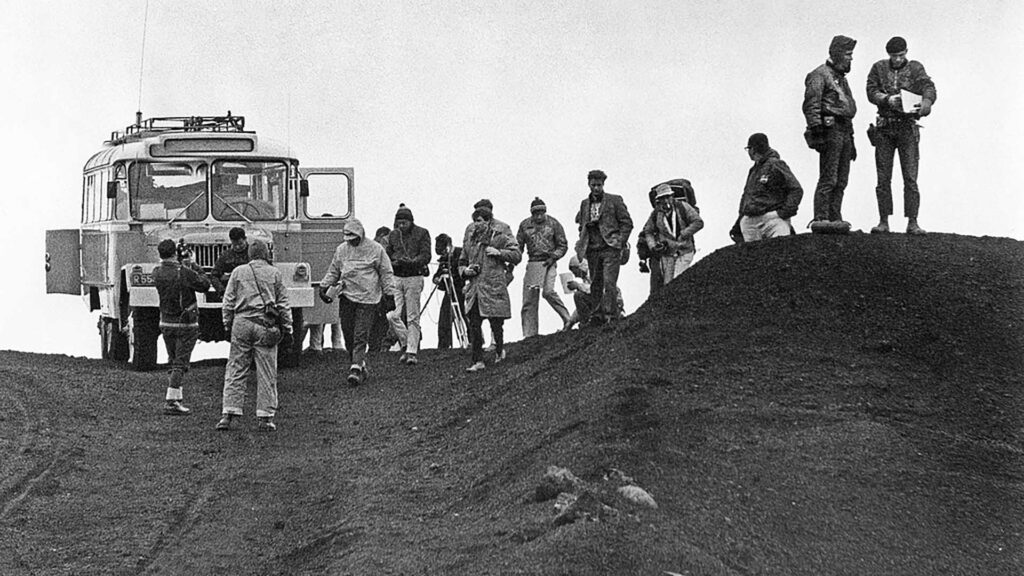
Before the Apollo missions, NASA brought astronauts to Iceland to practice. 9 out of 12 astronauts who stepped onto the Moon trained in Iceland.
They were all pilots, not geologists, and they needed a bit of training on how to collect samples and such. So, NASA found the Icelandic highlands to resemble the Moon the most for the training.
If that’s not enough, they also came again in 2019 to do experiments for the last Mars rover.
You can get sunburned
Is this one of the most surprising facts about Iceland? Hardly but it is something Icelanders also have a hard time with. Icelanders are really bad at using sunscreen in Iceland (even if they do abroad). It might have something to do with the temperature, maybe not. But you can get sunburned here, as everywhere where the sun shines… well, you can also get sunburned when it is cloudy. So, bring your sunscreen!
Most golf courses per capita
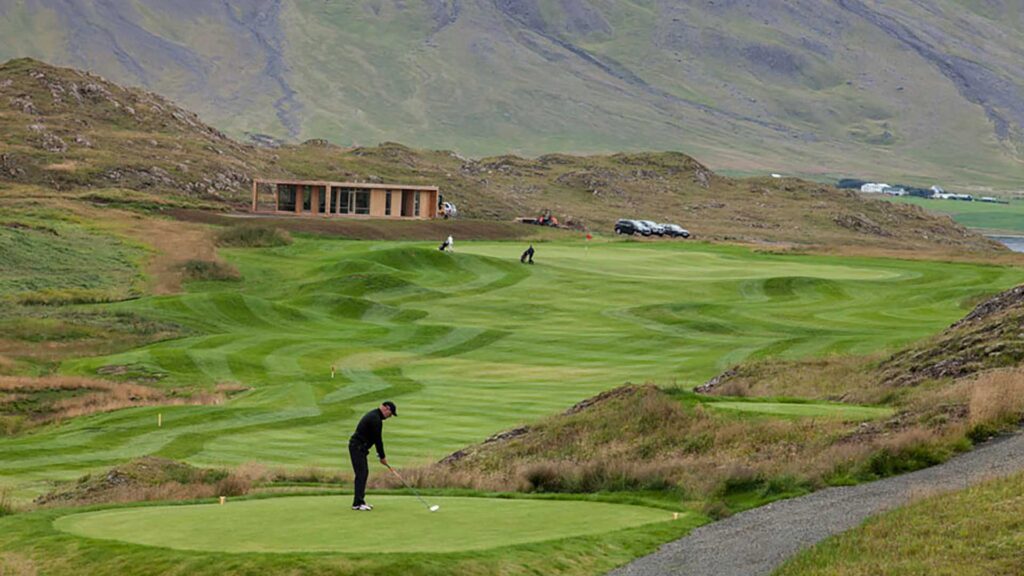
Icelanders as a nation have a great sense of FOMO (fear of missing out), so when something becomes popular, we go all in.
To be fair, golf has been practised in Iceland since the 1930s, but it didn’t really hit it off until the early 2000s. Then people started making golf courses all over Iceland, and, in a typical Icelandic fashion, we have the most golf courses per capita.
There are 70 golf courses in Iceland; 12 of them are 18-hole. There are 11 golf courses in the capital area, of which 6 are 18-hole.
And the good thing is that you can practice all day in the summer. In fact, there is even a midnight sun tournament in North Iceland, Arctic Open, in June every year.
We hope you liked this list of surprising facts about Iceland. Is there anything you found surprising that isn’t on the list? Let us know!
Please signup HERE for our newsletter for more fun facts and information about Iceland!


